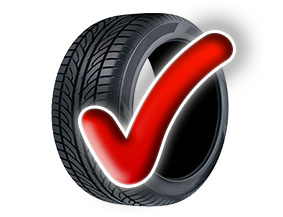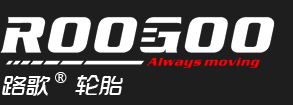|
To get the most out of your tires - maximum mileage, safety and wear - proper maintenance is needed.
Check Tire Pressure Tires have been known to lose up to 1 psi (pounds per square inch) every month. Check all tires, including your spare, once a month. Here's how:
Tire Inspection Check your tires for wear and damage problems once every month and before you embark on long road trips. One way to check for wear is by using the penny test. Here's how:
Tire Rotation Regular rotation helps extend the life of your tires and improve performance. Each tire and wheel is removed from your vehicle during a rotation and moved to a different position to ensure that all tires wear evenly and last longer. Tires should be rotated every 6,000 to 8,000 miles.
LIFETIME TIRE ROTATIONS ARE FREE AT RABEN WHEN YOU BUY ANY SET OF TIRES.
Tire Alignment Alignment refers to the adjustment of a vehicle's front and rear suspension parts. Tires on a vehicle that is out of alignment will wear irregularly. Daily impacts such as potholes and railroad crossings, as well as more severe circumstances like a car accident, can knock your vehicle out of alignment. You should have the alignment checked if:
|
 |








